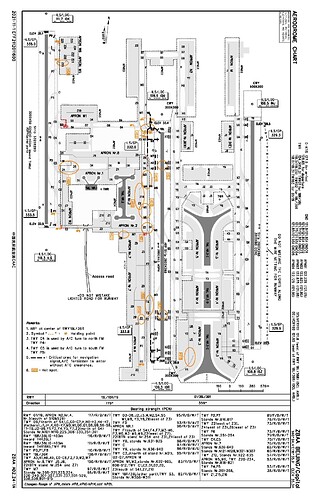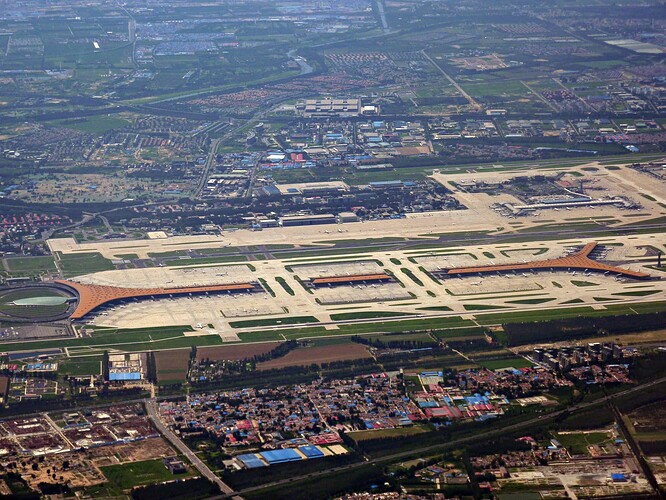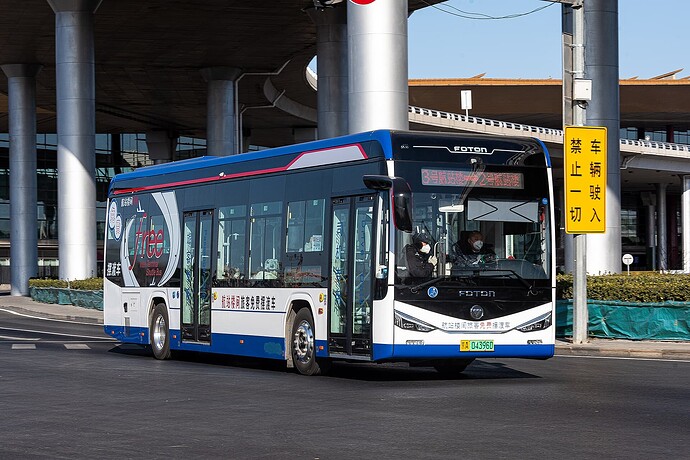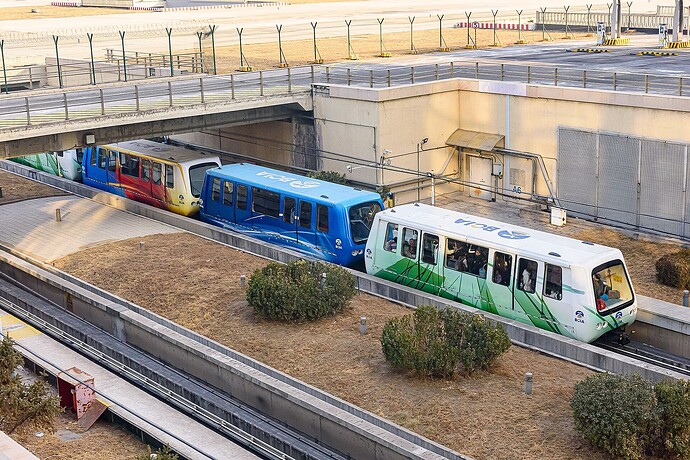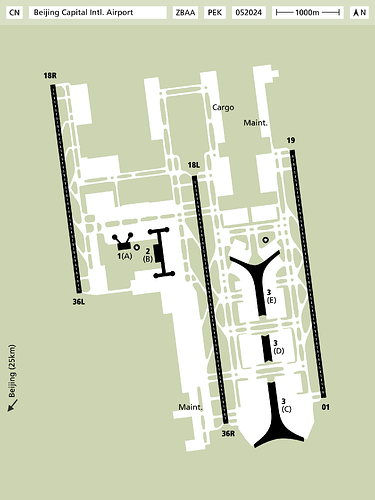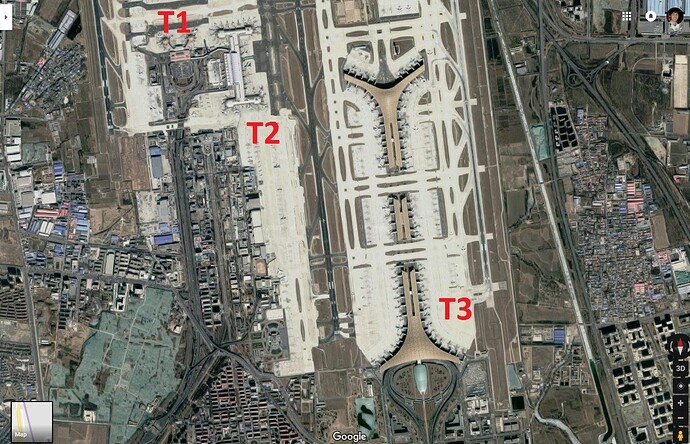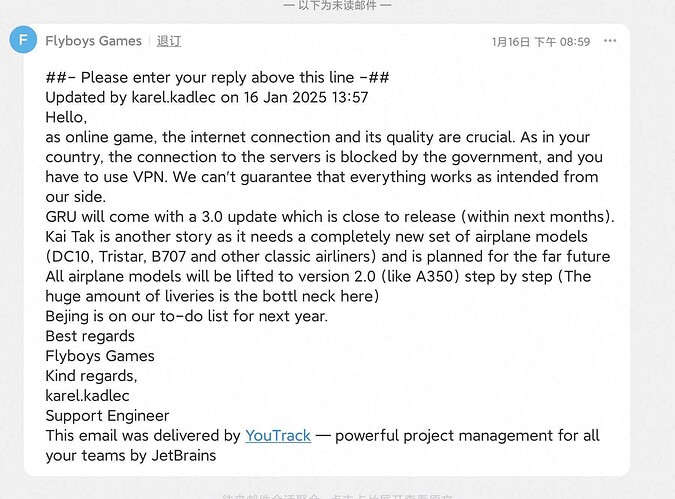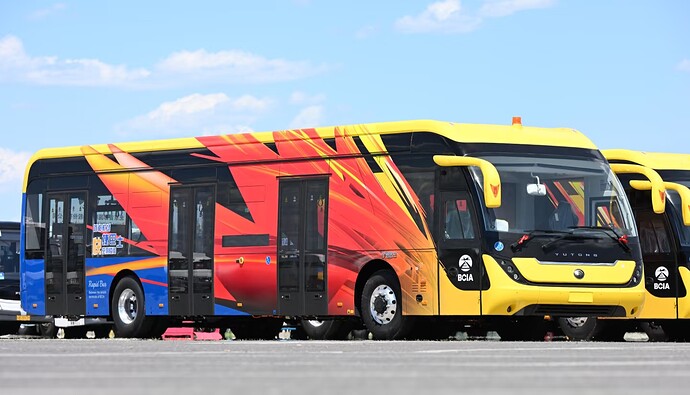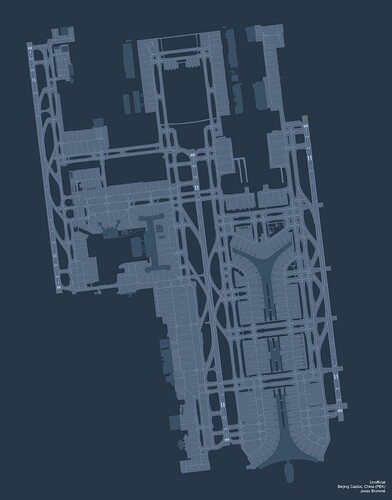 Major Airlines & Routes
Major Airlines & Routes
Air China T2:
Baotou, Bayannur, Beihai, Changzhi, Dali, Daqing, Dazhou, Ordos, Fuyang, Ganzhou, Guangyuan, Guilin, Hami Shihezi, Hailar, Hefei, Hengyang, Hohhot, Mount Huangshan, Huizhou, Jiamusi, Jieyang Chaoshan, Jingdezhen, Jiuzhaigou Valley Scenic and Historic Interest Area, Jinggangshan, Karamay Yining, Korla, Lhasa, Lijiang, Linzhi, Liuzhou, Lvliang, Mudanjiang, Mianyang, Nanning, Shaoyang, Shiyan, Taizhou, Tonghua, Tonghua Liao, Ulanhot, Xichang, Xilinhot, Xining, Yan’an, Yancheng, Yibin, Yichang, Yinchuan, Zhangjiajie, Zhanjiang, Zunyi/Moutai
T3 Domestic: Aksu Tumushuke, Changchun, Changsha, Changzhou, Chaoyang, Chengdu/Shuangliu, Chengdu/Tianfu, Chongqing, Dalian, Fuzhou, Guangzhou, Guiyang, Harbin, Harbin Jiansanjiang, Harbin Fuyuan, Haikou, Hangzhou, Hotan, Huai’an, Kashgar, Kunming, Lanzhou, Aksu, Linfen Wuhan, Nanchang, Nanjing, Nantong, Ningbo, Qiqihar, Qingdao, Sanya, Shanghai/Hongqiao, Shanghai/Pudong, Shenyang, Shenzhen, Taiyuan, Weihai, Wenzhou, Wuhan, Urumqi, Urumqi Hotan, Xiamen, Xi’an, Yantai, Yanji, Yangzhou Taizhou, Yiwu, Yuncheng, Zhengzhou, Zhuhai, Hong Kong, Macao and Taiwan: Hong Kong, Taipei/Taoyuan
Northeast Asia: Tokyo Narita, Tokyo/Haneda, Osaka/Kansai, Nagoya, Fukuoka (via Dalian), Sapporo, Sendai (via Dalian) Hiroshima (via Dalian), Naha, Seoul/Incheon, Seoul/Gimpo, Busan, Vladivostok, Irkutsk (opened on April 27, 2025)
Southeast Asia: Ho Chi Minh City, Hanoi, Yangon, Phnom Penh, Manila, Kuala Lumpur, Singapore, Bangkok/Suvarnabhumi, Phuket, Chiang Mai, Jakarta Central Asia, South Asia, West Asia: Chita (via Hailar), Ulaanbaatar, Astana (via Xi’an), Islamabad Karachi, Dhaka, Dubai, Riyadh
Europe: London/Heathrow, London/Gatwick, Paris/De Gaulle, Frankfurt, Munich, Milan/Malpensa, Rome/Fiumicino, Madrid, Barcelona, Geneva, Athens, Copenhagen, Stockholm, Vienna Warsaw, Budapest, Minsk, Moscow
the Americas: Toronto/Pearson (opened on May 20, 2025), Vancouver, Washington (return via Los Angeles), San Francisco, New York/Kennedy, Los Angeles, Havana (via Madrid), Sao Paulo (via Madrid)
Oceania: Melbourne, Sydney, Auckland
Africa: Cairo (opened on July 9, 2025), Johannesburg (via Shenzhen)
Hainan Airlines
Domestic: Anqing Haikou, Changchun, Changsha, Chengdu/Tianfu, Chongqing, Dalian, Dongying Hangzhou, Fuzhou, Guangzhou, Guiyang, Harbin, Haikou, Hailar, Hangzhou, Jiamusi, Jingzhou, Kunming, Lanzhou, Liupanshui, Manzhouli, Mudanjiang, Nanchang, Nanning, Qianjiang, Qionghai, Sanya, Shanghai/Hongqiao, Shanghai/Pudong, Shenzhen, Wenzhou, Wuhai, Wuhan, Urumqi, Xiamen, Xi’an, Yan’an, Yichang, Yulin, Yulin,
Hong Kong, Macao and Taiwan: Taipei/Taoyuan Asia: Tokyo/Narita, Tokyo/Haneda, Osaka/Kansai, Yi Erkutsk, Vladivostok, Bangkok/Suvarnabhumi, Phuket, Tel Aviv (resumed on April 10, 2025)
Europe: Belgrade, Berlin, Manchester, Edinburgh (seasonal), Dublin, Brussels, Prague, Moscow/Sheremetyevo St. Petersburg, Oslo Americas: Toronto/Pearson, Seattle, Boston, Mexico City (via Tijuana)
Sichuan Airlines
Domestic: Chengdu/Shuangliu, Chengdu/Tianfu Xichang, Chengdu/Tianfu, Chongqing, Chongqing Baise, Chongqing Xishuangbanna, Chongqing Zhongwei, Kunming, Panzhihua, Sanya, Wanzhou Kunming
International: Cairo (via Chengdu/Tianfu)
Shenzhen Airlines:Chengdu/Tianfu, Nanning, Nantong, Quanzhou, Sanya, Shenzhen, Wuxi, Xiangyang, Yichun - Shenzhen
Shandong Airlines :
Chongqing, Fuzhou, Qingdao, Weihai, Xiamen, Yantai, Zhuhai,
Largest Xinhua Airlines :
Guilin, Harbin, Sanya, Yinchuan, Zhuhai, Xiangpeng Airlines:
Mangshi Xishuangbanna, Tengchong Xishuangbanna,
TIBET Airlines Lhasa, Xining Golmud,
China Eastern Airlines :Shanghai/Hongqiao,
Changlong Airlines :Hangzhou
Kunming Airlines :Kunming
Cathay Pacific Airlines: Hong Kong
Hong Kong Airlines :Macau
China Airlines: Taipei/Taoyuan
EVA Airlines :Taipei/Taoyuan
Korea Airlines :Pyongyang,
ANA: Transport Tokyo/Haneda, Osaka/Kansai
Japan Airlines: Tokyo/Haneda
Spring Airlines Japan: Tokyo/ NRT
Korean Airlines :Seoul/Incheon, Seoul/Kimpo, Busan/Jinhai, Jeju
Asiana Airlines:Seoul/Incheon Seoul/Gimpo Jeju Airlines: Jeju
Mongolian Civil Airlines Ulaanbaatar
Vietnam Airlines :Hanoi
Thai Airways International:Bangkok/Suvarnabhumi
Singapore Airlines: Singapore
Philippine Airlines: Manila
Maldives Airlines: Male
Sri Lanka Airlines: Colombo (resumed on July 2, 2025)
Uzbekistan Airlines: Tashkent
Astana Airlines :Almaty, Astana
Azerbaijan Airlines :Baku
Turkmenistan Airlines :Ashgabat
Pakistan International Airlines :Islamabad Emirates Airlines :Dubai
Mahan Airlines: Tehran
Iraq Airlines: Baghdad (with stopover in Basra)
Türkiye Airlines: Istanbul
Air France: Paris/Charles de Gaulle
Lufthansa Airlines :Munich
Royal Dutch Airlines :Amsterdam
Algerian Airlines :Algiers
Egyptian Airlines: Cairo
Ethiopian Airlines :Addis Ababa
United Airlines: Los Angeles (opened on May 3, 2025), San Francisco
Canadian Airlines: Vancouver
Cargo:
China International Cargo Airlines domestic: Nanjing, Shanghai Pudong Europe: Frankfurt Americas: Los Angeles, Chicago, New York Kennedy, Anchorage SF Airlines Shanghai Pudong, Guangzhou, Wuxi Suzhou, Shenzhen Jinpeng Airlines Shanghai Pudong Lufthansa Cargo Airlines Frankfurt DHL operated by Hong Kong China Airlines Hong Kong Luxembourg International Cargo Airlines Luxembourg, Xiamen Airbridge Cargo Airlines Moscow Sheremetyevo, Zhengzhou FedEx Airlines Shanghai Pudong, Seoul Incheon, Osaka Kansai
Airport Name and ICAO/IATA Code
Location (City, Country)
Airport Type & Size
Why should this airport be added to World of Airports?
Major Airlines & Routes
Unique Features or Challenges
Optional: Links, images, maps, or videos
